Paco de Lucia – Flamenco Guitar Virtuoso
Paco de Lucia – Flamenco Guitar Virtuoso
The training ground for a flamenco guitarist, De Lucia once said, "is the music around you, made by people you see, the people you make music with. You learn it from your family, from your friends, in la juera (the party) drinking. And then you work on technique. Guitarists do not need to study. And, as it is with any music, the great ones will spend some time working with the young players who show special talent. You must understand that a Gypsy's life is a life of anarchy. That is a reason why the way of flamenco music is a way without the discipline, as you know it. We don't try to organize things with our minds; we don't go to school to find out. We just live... music is everywhere in our lives."
Paco de Lucia
Paco de Lucia was born Francisco Sanchez Gomez on 21 December 1947, the son of flamenco guitarist Antonio Sanchez, who was of Gypsy origin. He took his stage name in honour of his mother, Lucia Gomes.
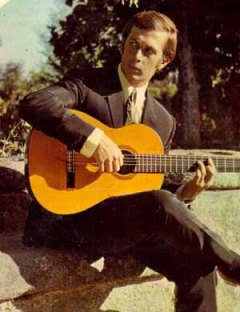
Paco de Lucia
"I grew up with my family in a gypsy neighborhood. There was music all day long until late in the night. My father was a guitar player and composer, my two brothers Ramon and Pepe became musicians. When you hear music every day it becomes like milk that you drink and that you need every day. And even before I started to play an instrument, I knew all the rhythms and was able to distinguish the falsettas' in the compositions."
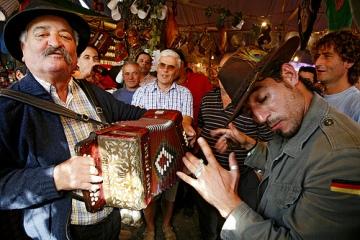
Gypsy Neighbourhood
Mastering the art of flamenco guitar by his 11th birthday, he made his public performance debut on Radio Algeciras in 1958. A year later, he received a special award at the Festival Concurso International Flamenco de Jerez de la Frontera. Heralded as a child prodigy, de Lucia was invited to join the flamenco troupe led by dancer José Greco at the age of 16. He remained with the group for three years. A turning point in de Lucia's musical development came while on tour with Greco's troupe in North America. Meeting Sabicas, the first flamenco guitarist to tour the world, he was instructed to pursue his own style of playing. Although he remained tied to traditional flamenco on his first two solo albums – “La Fabulosa Guitarra de Paco de Lucia” in 1967 and “Fantasia Flamenca” in 1969.
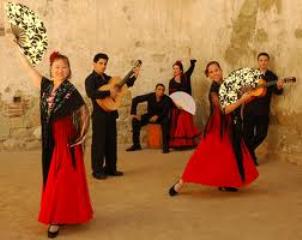
Flamenco
In 1968, de Lucía met and first heard the flamenco singer Camarón de la lsla. "Discovering Camarón was, for me, like the Messiah, like when God come to the Earth. It was something incredible, a magic artist. Nobody understood him at that time... I never listened, in my whole life, to something like that." They collaborated on several albums over the next years, until Camarón's untimely death in 1992.
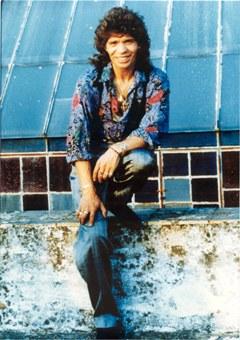
Camarón de la lsla
Paco's albums such as "El Duende Flamenco de Paco de Lucia" and "Almoraima" reinvented traditional flamenco. The early influences of the traditional players became increasingly less apparent as de Lucía embraced jazz and other influences, creating his own voice and distinct style, yet never venturing too far from his roots. His 1976 album “Almoraima” featured significant Arabic and jazz influences especially in the bulerías composition of the same name; the name Almoraima is of Arabic origin from the Moorish period.
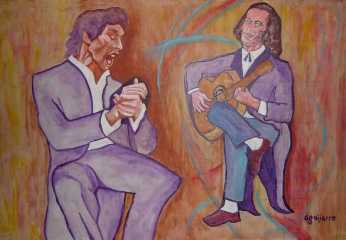
Camarón and Paco
He toured extensively with well-known international artists and played with the likes of Carlos Santana, John McLaughlin and Al Di Meola, happy to expand flamenco rhythms into jazz, although that upset flamenco purists. "It has been said, and rightly so, that Paco de Lucia has never been surpassed by anyone and guitar playing today would not be understood without his revolutionary figure," Spain's arts association SGAE said in a statement.
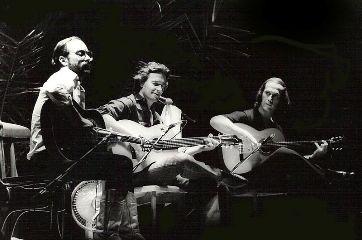
Di Meola, McLaughlin, De Lucia
His recordings with his sextet, which included his brothers Ramón and Pepe, include such groundbreaking masterpieces as Fuente y Caudal and Zyryab. Yet, de Lucia did not completely forsake traditional flamenco. His 1980 album “Interpreta a Manuel de Falla” paid homage to the classical composer and flamenco enthusiast, while his 1987 album “Siroco” marked a return to pure flamenco. "I have never lost the roots in my music," de Lucia said during a late-'90s interview, "because I would lose myself. What I have tried to do is have a hand holding onto tradition and the other scratching, digging in other places, trying to find new things I can bring into flamenco."
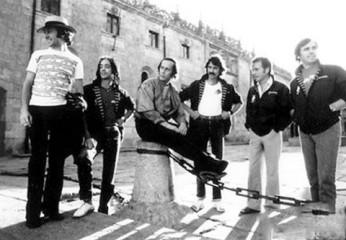
Paco de Lucia and his Sextet
He was highly acclaimed after playing Joaquin de Rodrigo's "Concierto de Aranjuez" at London's Festival Hall in 1991, attended by the composer himself, and considered one of the best interpretations of the piece.
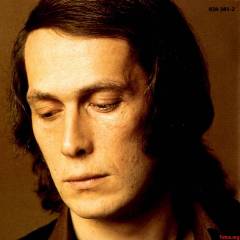
Paco de Lucia
His latest double-CD “Cositas Buenas” (2004) was his first live album in 20 years. "Usually I'm not happy with my recordings but this recording I had a good time. I discovered that the music has to be live. I don't believe anymore in the studio."
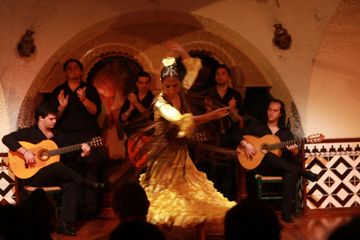
Flamenco
Though these days he suffers from pain in his back, legs and arms, he said is able to forget the pain once he is engaged playing his beloved guitar and music on stage.
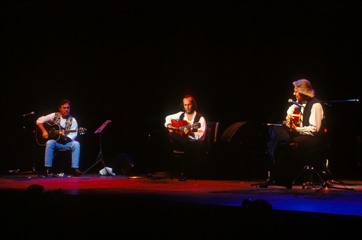
Di Meola, De Lucia, McLaughlin
"When you are young, you fight to be recognized, fight to be loved by the people, you want to be the best one," he said, adding that gaining recognition has meant "losing the stimulus" of that youthful urge to predominate. With age and maturity, he said, he has become a much more "refined" player even if he plays fewer notes than when he was young.
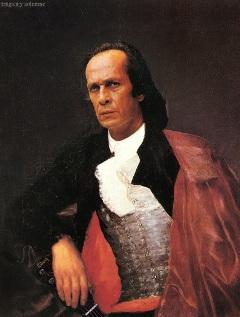
Paco de Lucia
"Now," he said, "I play more with my heart, less with my fingers."
Paco De Lucía died from a heart attack on 25 February 2014 on holiday with his family in Playa del Carmen, Quintana Roo, Mexico.
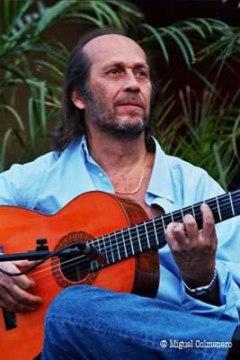
Paco de Lucia








